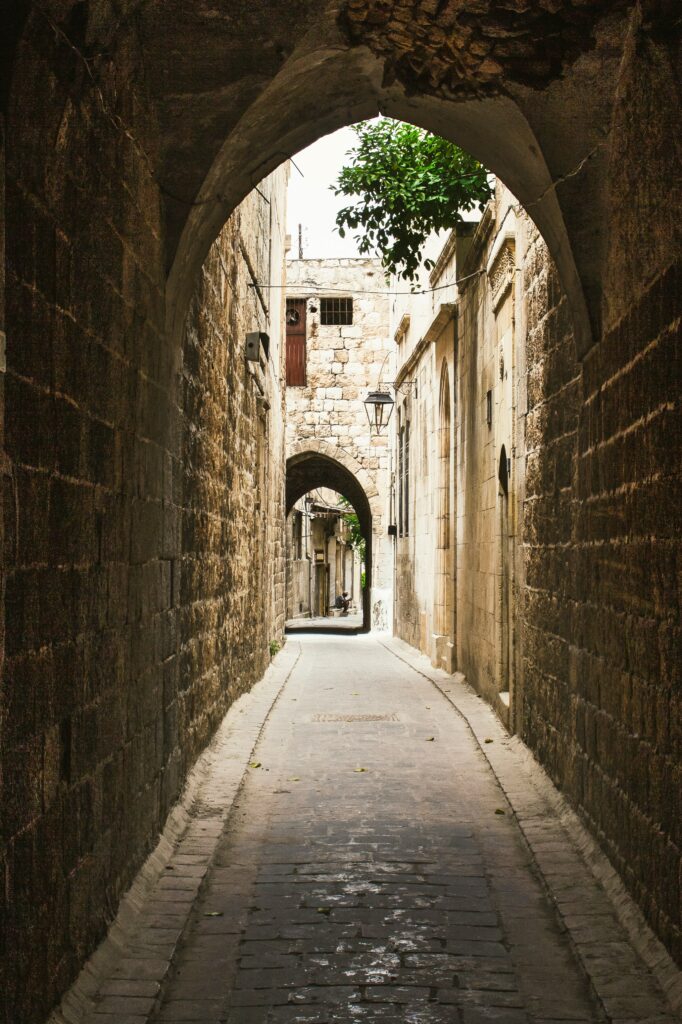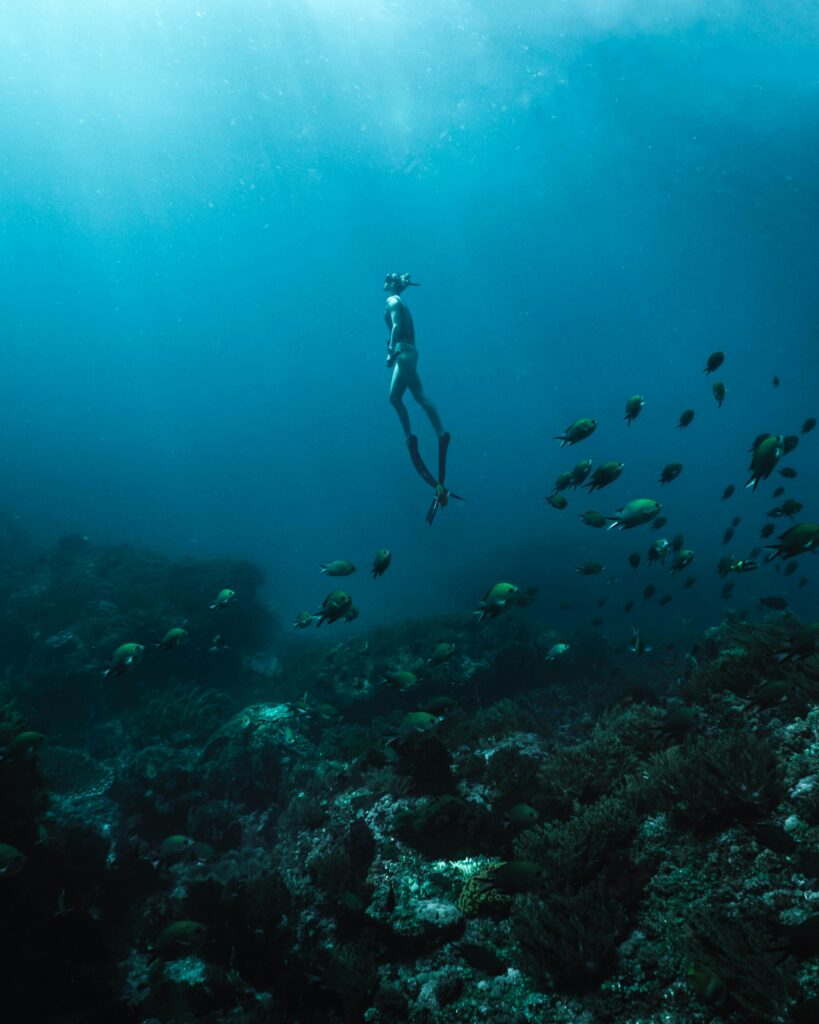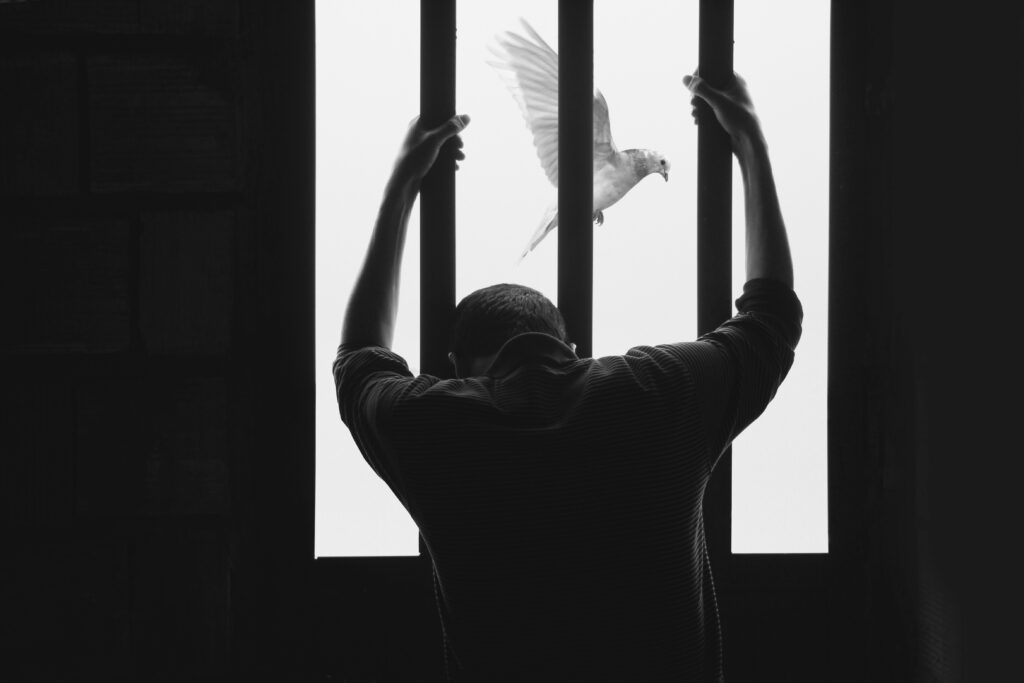
The Silence of Association
A national subpoena of memory: documents, power, and the choices we refuse to make
By Michael Lamonaca, 15 November 2025
In Washington this week, a fresh stack of pages reopened a ledger many hoped had been sealed. More than 20,000 documents from Jeffrey Epstein’s estate were released by the House Oversight Committee, and within the tangle of dates, messages, and familiar names, an old choreography resumed: allegation, denial, distancing, and the mounting pressure to investigate. President Donald Trump announced he would ask Attorney General Pam Bondi and the FBI to examine Epstein’s “involvement and relationship” with figures including Bill Clinton, as well as the financial pathways that connected Epstein to institutions like JPMorgan Chase. Bondi responded that she had asked U.S. Attorney Jay Clayton to lead the inquiry, promising urgency and integrity. Routine as these announcements may sound in the political theatre of Washington, beneath them lies a quieter question: how a society chooses to remember, especially when memory is inconvenient.
The documents do not prove crimes. They illuminate proximity—who knew whom, who exchanged messages, who crossed into Epstein’s orbit willingly or by habit. Names such as Larry Summers, Reid Hoffman, Bill Clinton, and executives connected to JPMorgan Chase reappear in these exchanges. One email shows Summers giving a fleeting appraisal of Trump’s presidency; another shows Epstein referring to time spent with Trump at his residence. These fragments do not constitute guilt. Yet they reveal something just as revealing as any verdict: the moral texture of elite association, the way privilege folds people into networks where advantage is assumed, favours circulate quietly, and reputational risk is managed as carefully as money.
The public response followed familiar contours. The White House called the release a distraction; critics accused Trump of using calls for investigation to deflect attention from mentions of his own name. Representative Robert Garcia argued that the president’s posts were intended to muddy the narrative before Congress could act. Meanwhile, advocates for survivors pressed lawmakers to hold firm, reminding them in letters that justice is not an abstraction—it is lived reality for those who endured what Epstein orchestrated. Their appeal was direct: imagine your daughter, your sister, your mother in the place of the victims. What would you demand? What would you refuse to ignore?
It is in these reminders that the deeper moral faultline appears. The instinct of the powerful, when named, is to minimize: to issue regret without responsibility, denial without introspection. JPMorgan Chase expressed remorse over any connection with Epstein but insisted it had not facilitated his crimes. Summers’s representatives noted his regret for staying in contact after Epstein’s conviction. Hoffman’s interactions have been acknowledged but tightly framed. These statements, though predictable, illustrate a dynamic older than the scandal itself: institutions are swift to regret reputational harm, slower to confront the systems that allowed them to move so comfortably in Epstein’s shadow.
What is rarely acknowledged is the broader cost of this instinct. When political and financial elites treat revelations as obstacles to manage rather than truths to confront, they transform justice into strategy. The current administration’s call to investigate Clinton, Summers, Hoffman, and the banks shifts attention outward while positioning itself as merely the messenger. But moral clarity is not enhanced by widening the targets; it is strengthened only by the willingness to examine one’s own associations with equal scrutiny. Without that, the impulse to expose becomes another form of performance, not a path to accountability.
This moment is also a test of institutions and the trust they claim to uphold. A bank’s apology cannot be separated from its capacity to absorb consequences; a politician’s denial cannot be divorced from the privilege of platform. Survivors cannot compete with these structures on equal footing, which is why their voices remain essential. The push in the House of Representatives to force a vote on releasing additional documents marks a rare instance where institutional mechanisms bend, however slightly, toward transparency. But transparency alone does not deliver repair. It simply lays the groundwork for a different kind of work—the work of honesty, restitution, and change.
There is a habit in public life of treating scandals as episodes rather than systems. A set of emails emerges, statements are issued, the cycle moves on. But what allowed Epstein to construct a world where wealth and predation coexisted was not one moment—it was a structure of access, indulgence, and silence. Planes, parties, investments, reputations—these were not accidental features; they were the architecture of his reach. To prevent recurrence, we must ask not only who was involved, but how involvement became so easy: what norms allowed proximity to power to eclipse vigilance, what incentives encouraged institutions to look the other way, what confidence convinced the wealthy that association would never become exposure.
The public, too, faces a moral decision. Will we demand full accounting when the patterns of privilege are revealed, or will we allow the familiar fatigue of scandal to blur the outlines once again? Will lawmakers treat survivors’ calls for transparency as a political nuisance or as a democratic responsibility? Will financial institutions be asked to explain not only transactions, but the culture that permitted years of association with a convicted predator?
The documents released this week cannot answer these questions. But they do force them into view. They remind us that the distance between exposure and accountability is often measured not in evidence but in will. Names like Bill Clinton, Larry Summers, Reid Hoffman, and institutions like JPMorgan Chase appear in these pages because history has pulled them there. What happens next—whether this becomes another episode or a point of reckoning—depends on whether we allow the moral implications to remain atmospheric or demand that they take tangible form.
For all the noise surrounding inquiries and subpoenas, the real test is quieter: can a society confront the truths that implicate not just individuals, but the systems that protected them? Justice, in this case, is not a question of legal filings alone. It is a test of whether conscience still holds any authority in public life.
Power fears scandal. What it fears far more is the persistence of memory.









